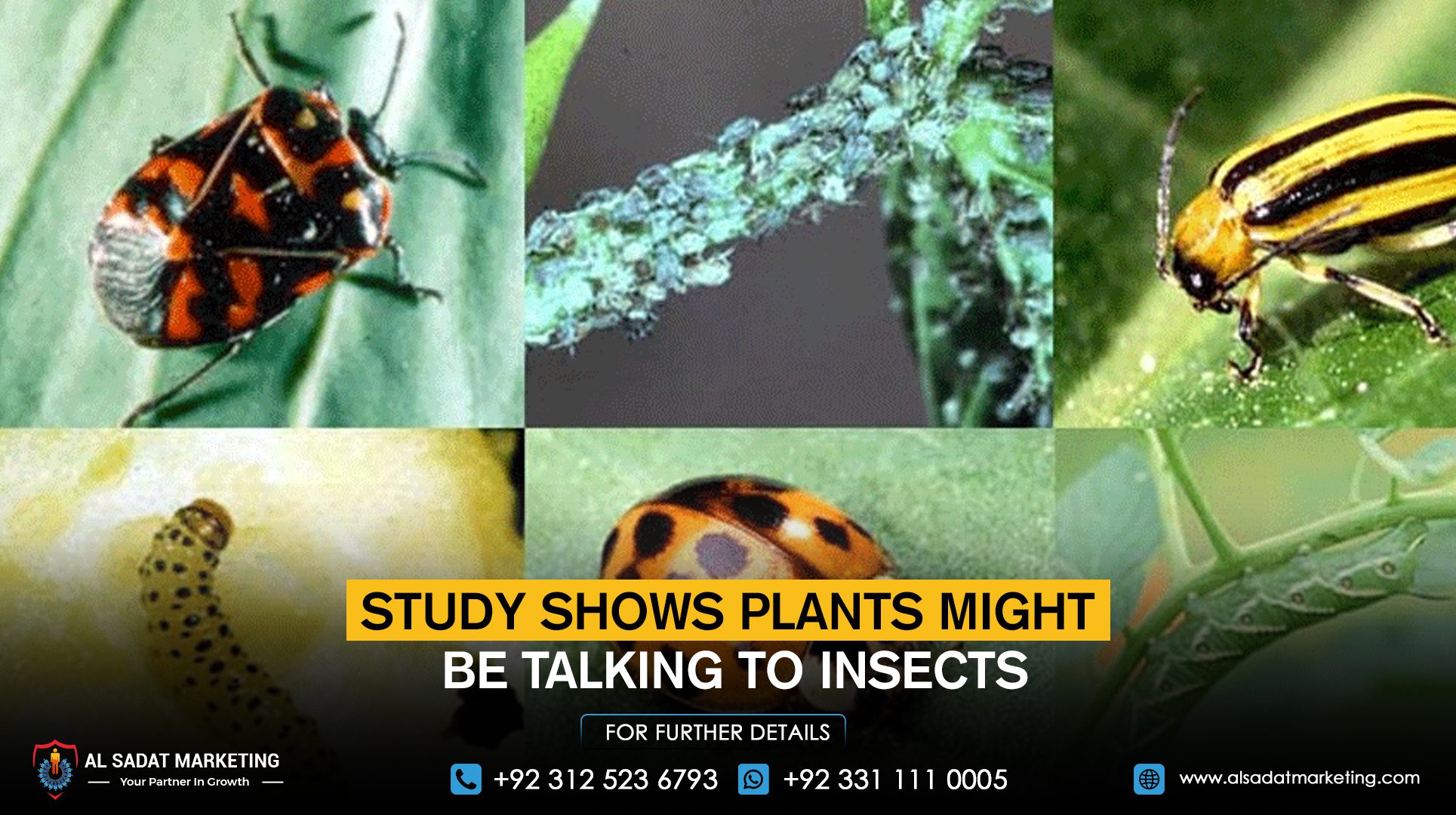Researchers from Tel Aviv University have found evidence that tomato plants produce ultrasonic noises while under stress, which may be recognised and interpreted by insects, especially female moths. This finding could represent a breakthrough for studies on plant-insect communication.
According to a study that was published in the peer-reviewed journal eLife, female moths seem to use the high-frequency sounds that dried tomato plants emit, which are inaudible to humans, to choose where to lay their eggs.
The study team said, “This is the first evidence of an acoustic interaction between a plant and an insect.”
The results, which were conducted in the labs of Professors Yossi Yovel and Lilach Hadany at the university’s Wise Faculty of Life Sciences under the direction of Rya Seltzer and Guy Zer Eshel, expand on previous research by the team that showed plants produce ultrasonic distress messages when under stress from injury or dehydration.
The researchers ran a controlled experiment to see if flies react to such noises. Two healthy tomato plants were placed in front of the female moths; one of the plants was silent, while the other was releasing pre-recorded ultrasonic signals characteristic of a drying plant.
The moths’ overwhelming preference for the silent plants as places to lay their eggs suggests that the auditory cues caused them to engage in an avoidance activity.
Subsequent experiments eliminated additional ambient influences, demonstrating that the moths exclusively reacted to the sounds connected to the tomato plants.
According to Prof. Hadany, moths usually lay their eggs on tomato plants in order to feed their larvae. However, the plant might not support larval growth if it is under stress and less viable. The moths probably employ these sounds to help them make judgements because of this.
The finding raises more general issues regarding audio communication in nature, Hadany continued.
She stated, “We think this is just the beginning.” Many more creatures might be able to decipher the sounds that plants make. This might change how we think about relationships between plants and animals.
The study may have broad ramifications, especially for agriculture and pest control. Farmers may have new tools to monitor crop health or discourage pests if acoustic technologies can detect and mimic or disrupt the stress signals that crops emit.
Although these ultrasonic noises are inaudible to the human ear, many creatures, including insects and some mammals like bats, can sense them.










